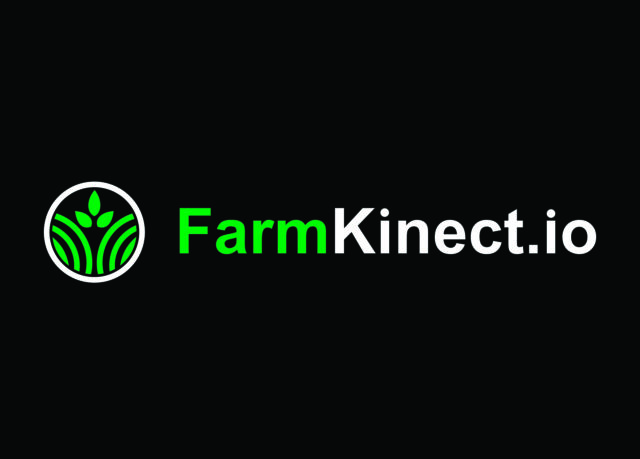Three cooperative representatives participated in a milk quality panel discussion at the 2015 National Mastitis Council Regional Meeting this past July in Syracuse, New York.
The panel was led by Dr. Mark Wustenberg of Tillamook County Creamery Association in Bay City, Oregon. The other two panelists were Dr. Samuel Simon of Hudson Valley Fresh in Poughkeepsie, New York, and Kevin Ellis of Cayuga Milk Ingredients in Auburn, New York.
Tillamook County Creamery Association
Wustenberg is a veterinarian by trade and serves as the vice president of quality and member services for Tillamook. The co-op has implemented several environmental and stewardship practices, including participation in the National Dairy FARM Program. Every load of milk is tested for somatic cell count (SCC), standard plate count (SPC) and preliminary incubation count (PI).
“We do additional testing for exports, particularly with powders,” Wustenberg said. “With every new customer, we receive a new list of requests.”
He provided three areas where Tillamook has developed specific strategies for achieving milk quality success:
1. Feedback. “In order to achieve a better, more consistent quality milk supply, we need to provide better, faster test results back to dairy producers,” he said.
2. Technical support. The more lab staff and dairy producers understand tests and develop expertise in milk quality issues, the better they’re able to get out in front of problems, Wustenberg said.
“We also need to focus on setting up a diagnostic system and developing problem-solving capabilities,” he said. “Too often, we get focused on one problem rather than looking at the whole system.”
3. Incentives. Milk quality premium programs are the best motivational tool, he said. There are other incentives in the co-op system, but they’re not as direct back to the producer as the premiums.
Hudson Valley Fresh
Managing milk quality is actually the second career of Samuel Simon, who retired from his calling as an orthopedic surgeon in 1995 and then purchased a 150-acre dairy farm from one of his patients.
He wasn’t a newbie to the dairy farm life. He managed his family’s dairy farm when his father passed away in 1969. He was putting himself through medical school at the time too.
He co-founded Hudson Valley Fresh in 2005 with three other operations. Today, the co-op includes 10 farms within 20 miles of each other.
Participating farms must meet several standards, including less than 200,000 SCC, less than 5,000 bacteria count and less than 5,000 PI count. Producers are not permitted to use BST. But those stringent guidelines pay off big for the farmers.
“We pay $23 per 100 pounds of milk versus the $14 paid by the average co-op,” Simon said.
The most common purchasers of Hudson Valley Fresh products are coffee shops in the New York City area. They take about 35,000 to 40,000 gallons per month.
Cayuga Milk Ingredients
While Hudson Valley is focused on their local market, Cayuga has a global approach. The group has marketed 1 billion pounds of milk, and their producers average 175,000 SCC. Their product line includes milk protein isolates and milk protein concentrates, along with several milk powder products.
In addition to the export-focused products, Cayuga has a robust fresh product line, turning 2 million pounds of milk a day into bulk cream.
Much like Tillamook, Cayuga adjusts protocols and practices to meet the demands of their global customers. CEO Kevin Ellis shared that a European Union company had a particularly strict social and animal welfare policy.
He was working with his producers to get them 100 percent compliant within the parameters of this program, and they would be using third-party auditing to ensure standards were being followed.
Ellis also shared that Cayuga went NPE-free in January 2015. (Editor’s note: Articles published in Progressive Dairyman earlier this year detailed how nonylphenol ethoxylates, or NPEs, were slowly being removed from teat dips across the U.S. and had already been banned in several other countries.)
Cayuga has had to adapt to that change across their farms, and Ellis shared they’ve been having some challenges in teat-end quality.
When asked about the organic market, each panelist recognized the opportunity for organic milk.
“Costco in particular is interested [in organic],” Wustenberg said of Tillamook. “We’re talking about it, but we struggle with how to do it without taking away from our current brand.”
Cayuga has also been discussing how to enter into the organic market through organic raw milk products. “If we would, the market is there,” Ellis said.
“We’re not going to do it,” Simon said. “We’re doing good work and getting paid a fair price. The quality of our milk speaks for itself.”
When asked, “How much is milk quality worth?” Ellis responded, “We’re working on finding that out. We’re analyzing trend and yield data and determining how to pay on what’s important.”
“I think you need to define quality as an operational procedure,” Wustenberg said. “Taste and consistency have value, and as an industry, we haven’t cared too much about it until this point.
People will drink more if it’s a high-quality product. And if you’re effective at telling the story [behind the product], you can charge whatever the heck you want.” PD
PHOTO: A panel featuring cooperative representatives included, left to right, Dr. Samuel Simon of Hudson Valley Fresh, CEO Kevin Ellis of Cayuga Milk Ingredients and Dr. Mark Wustenberg of Tillamook County Creamery Association. Photo by Emily Caldwell.

-
Emily Caldwell
- Editor
- Progressive Dairyman
- Email Emily Caldwell





